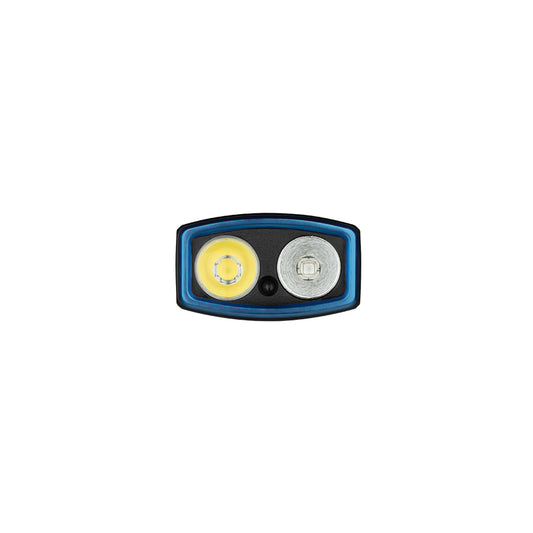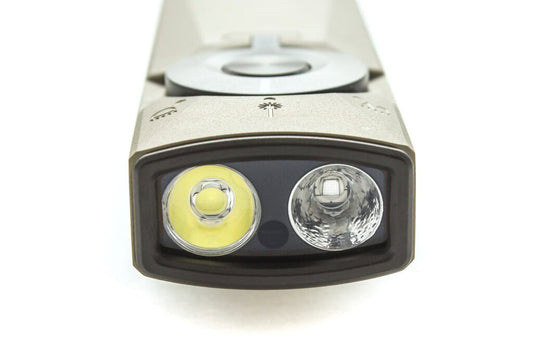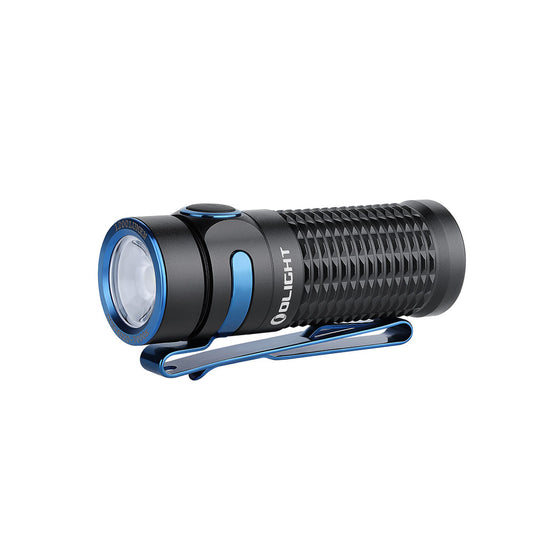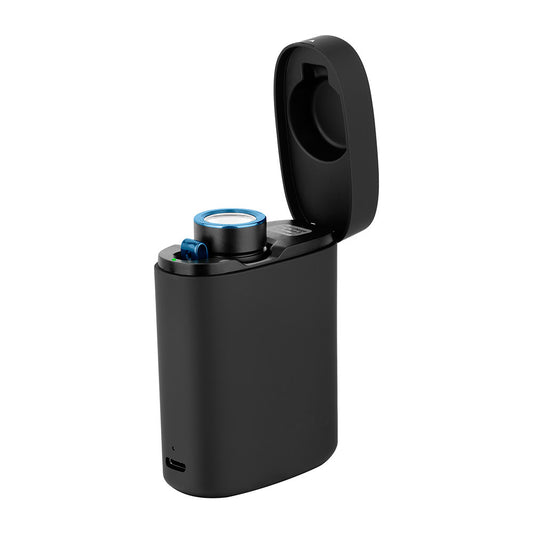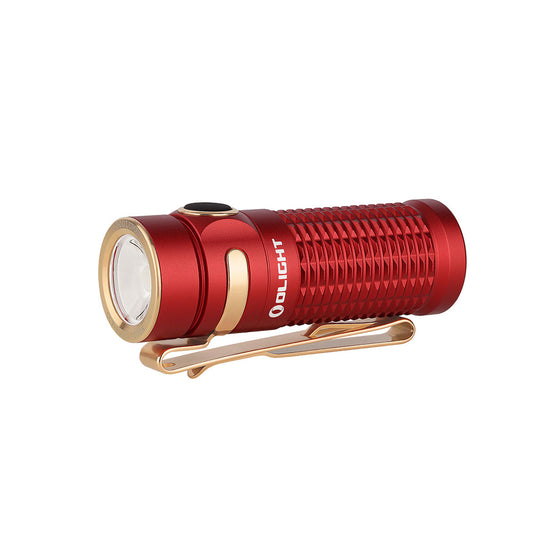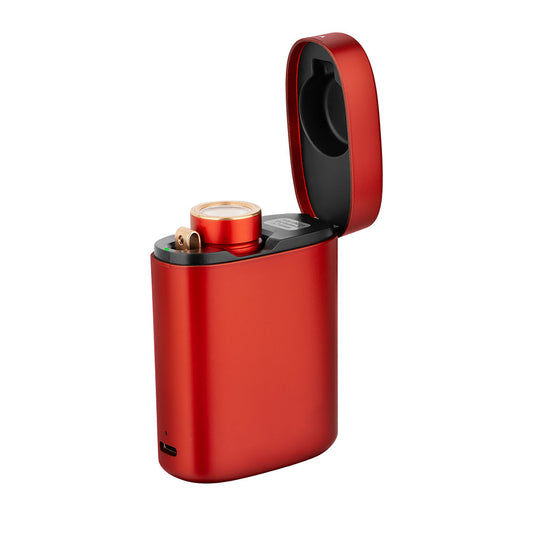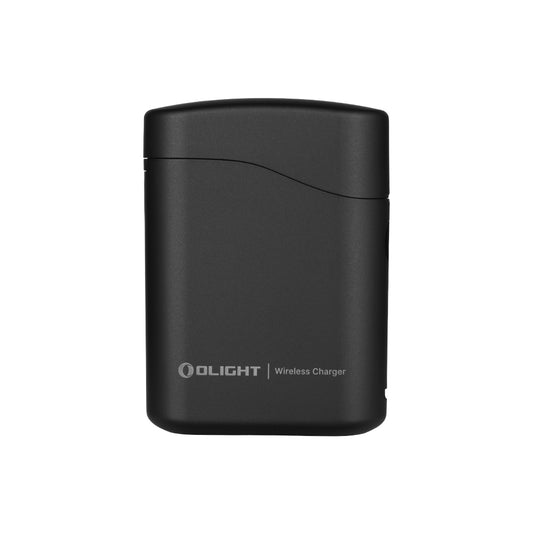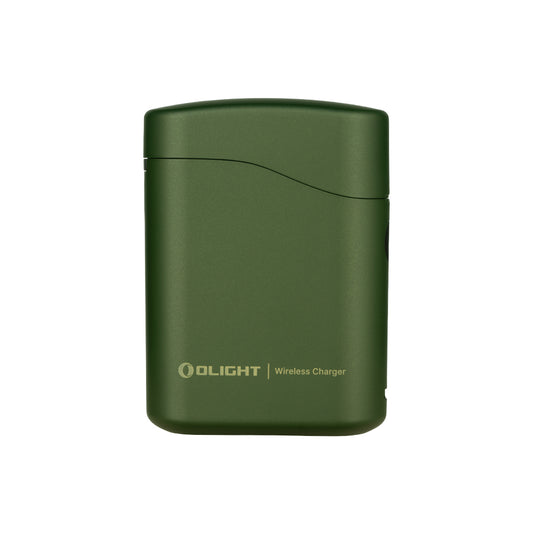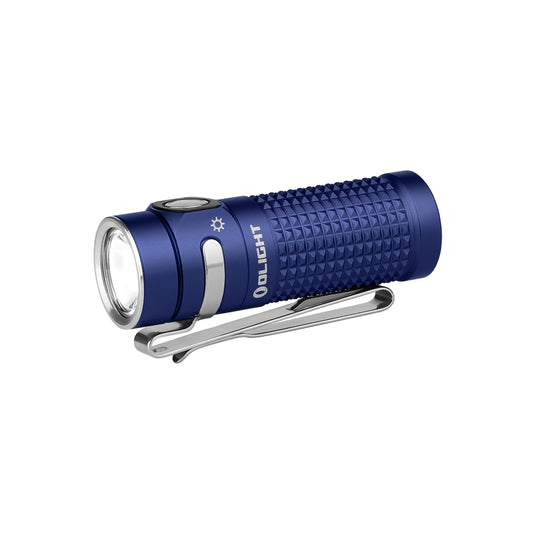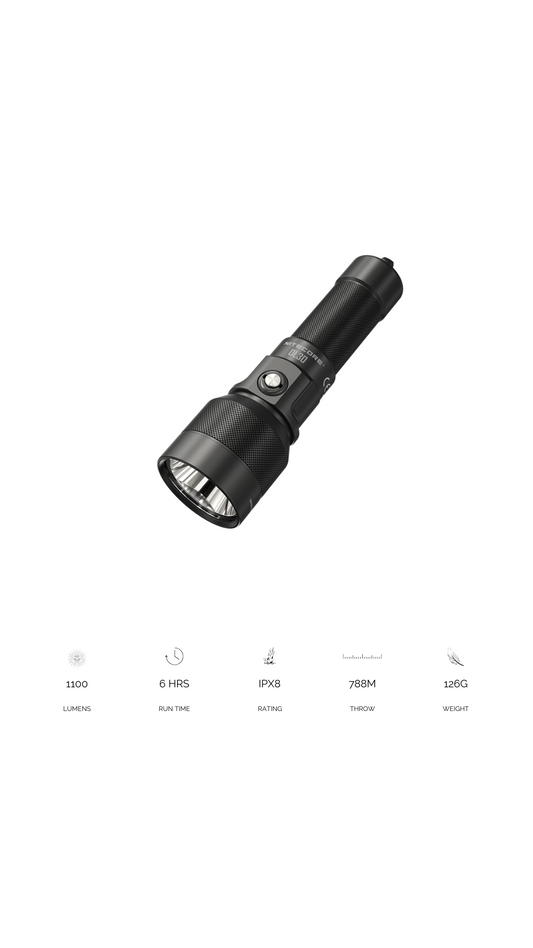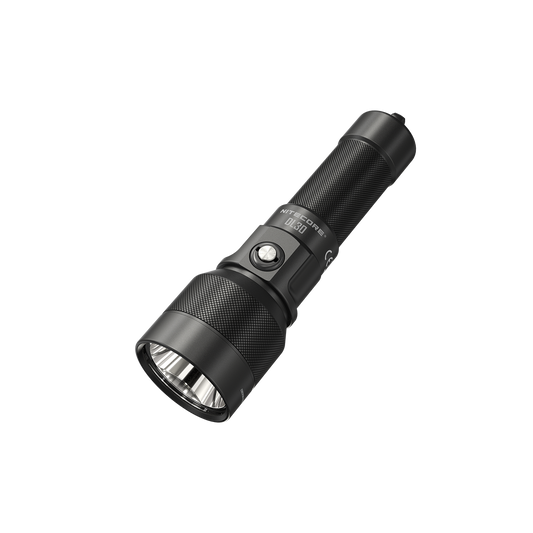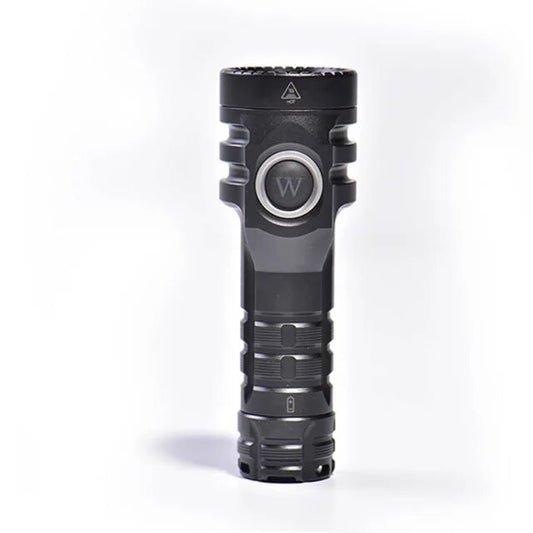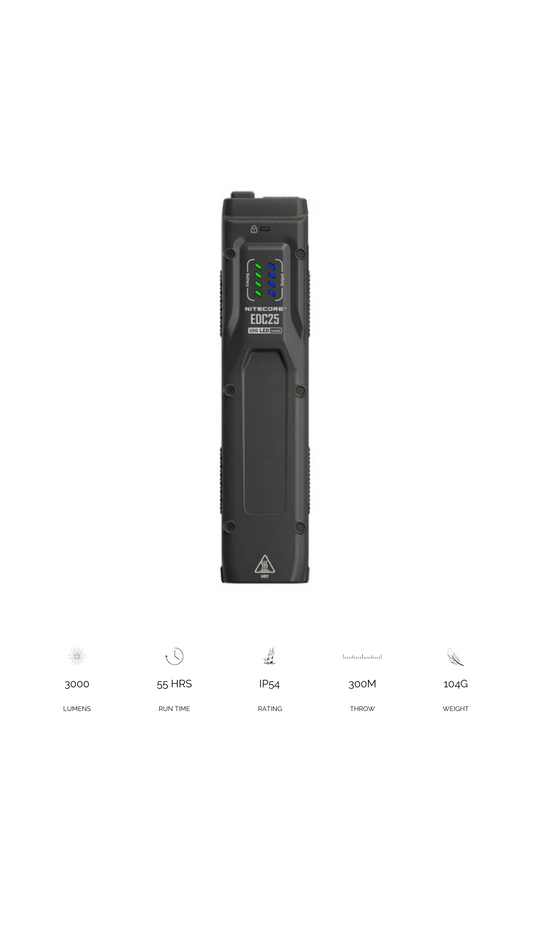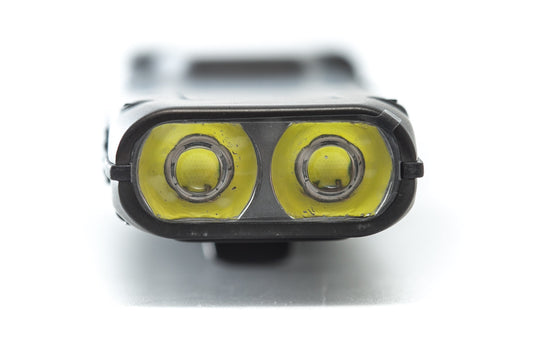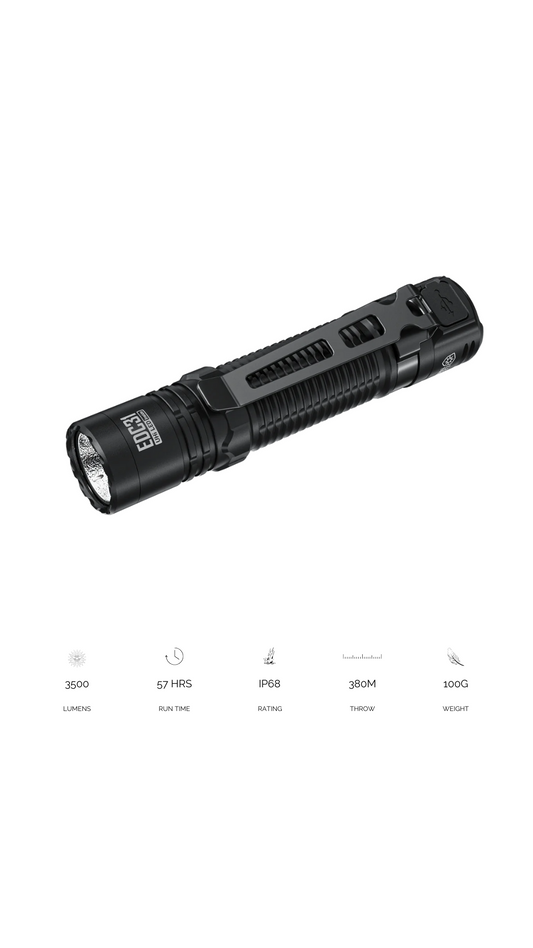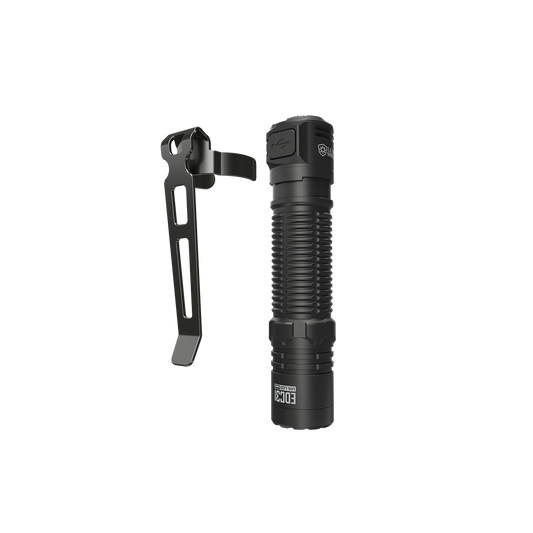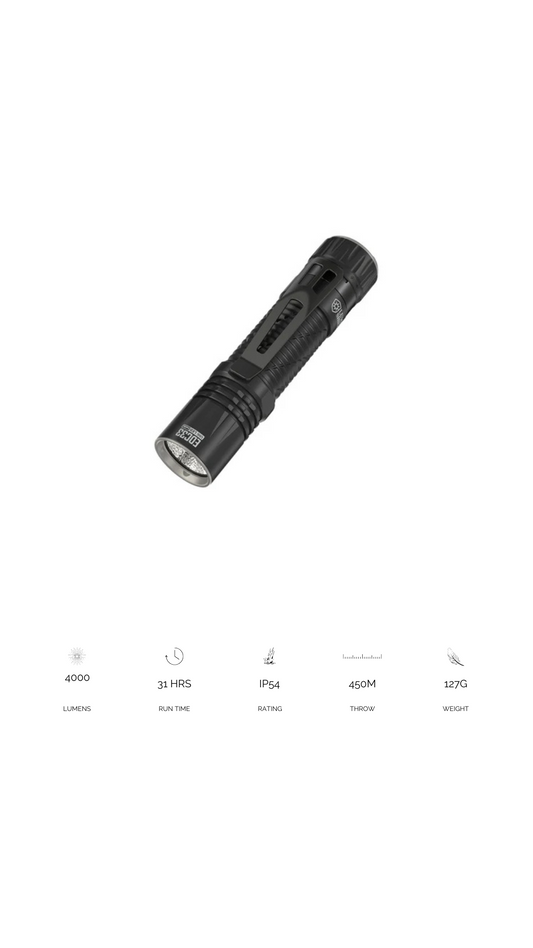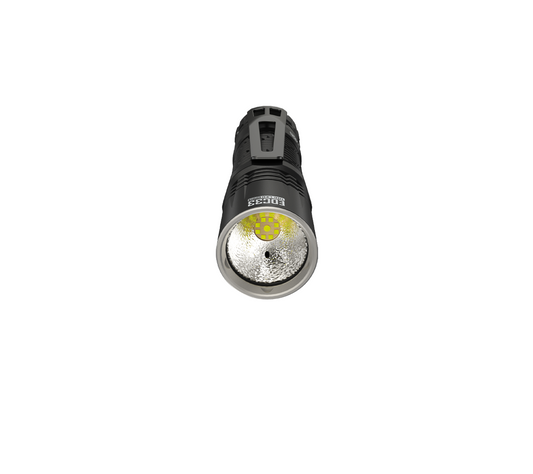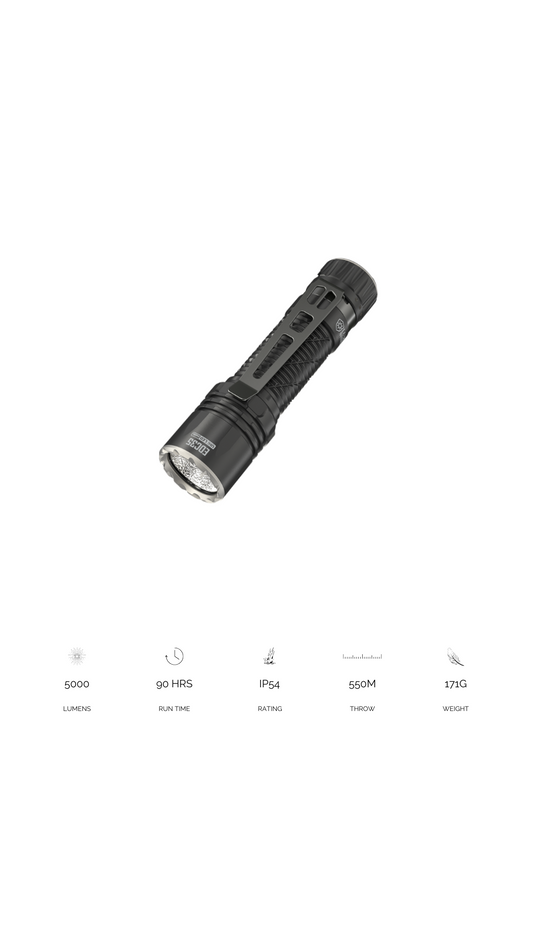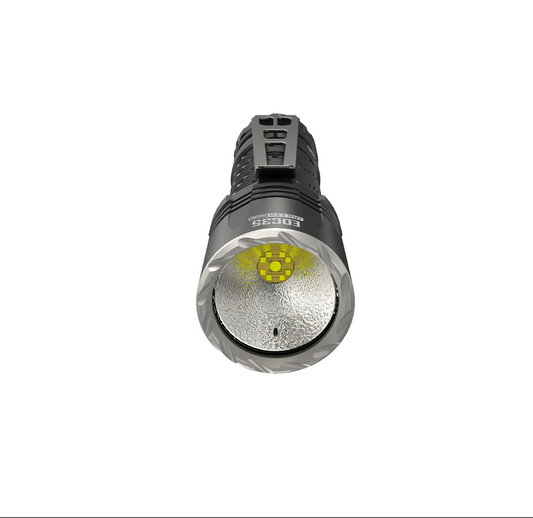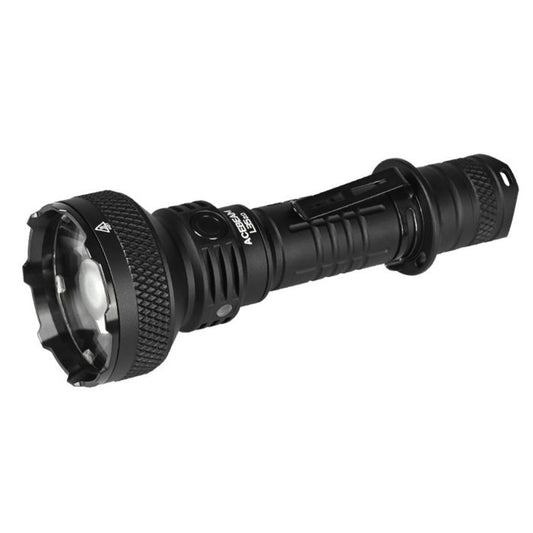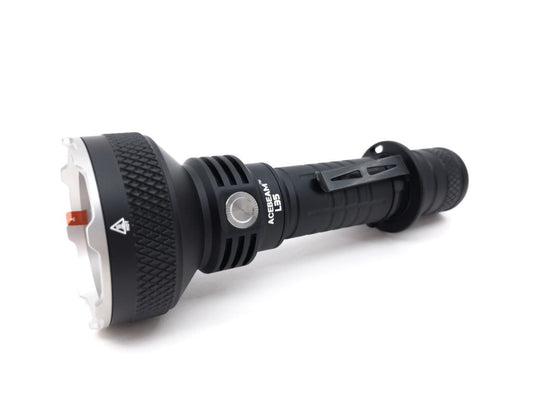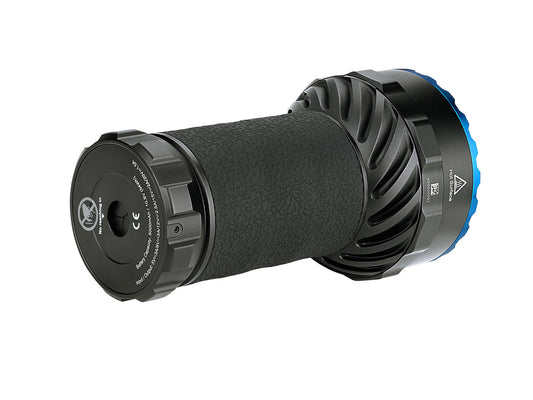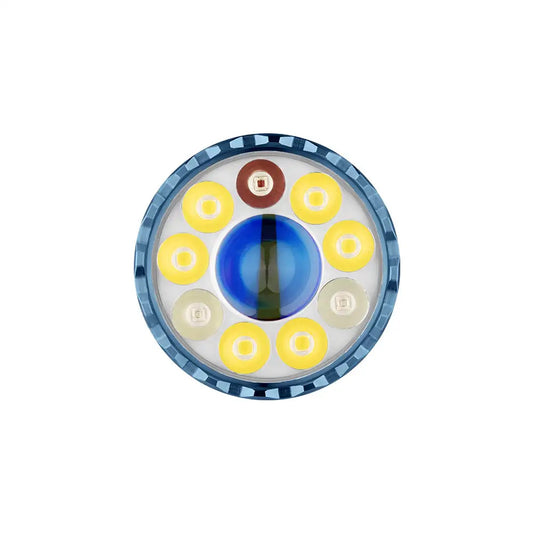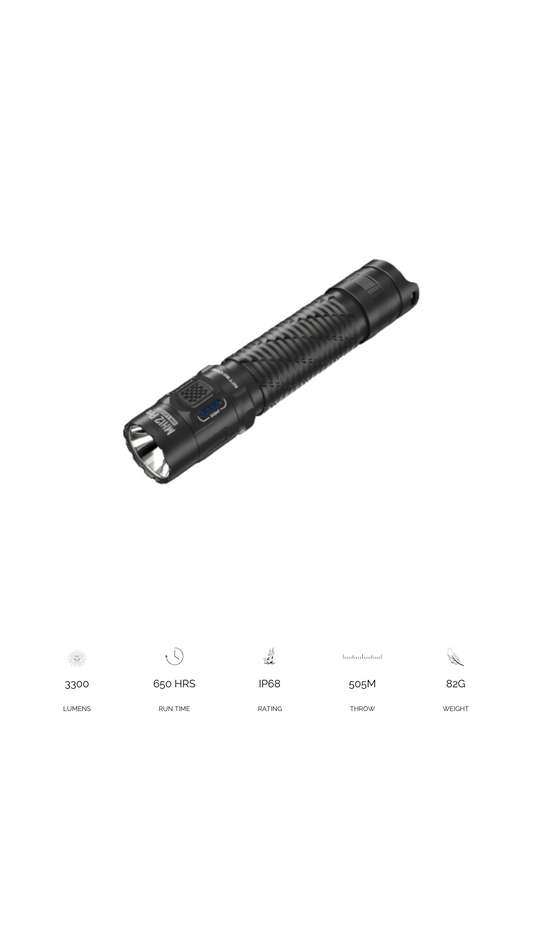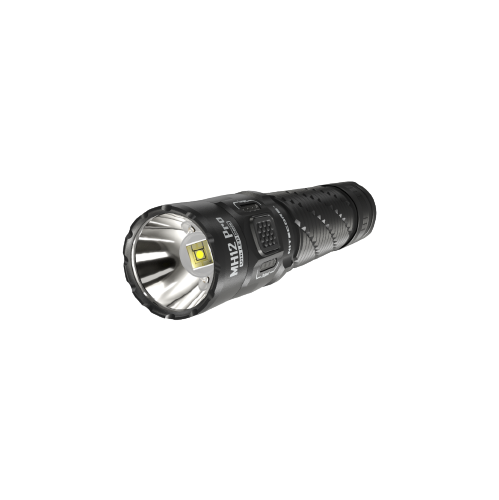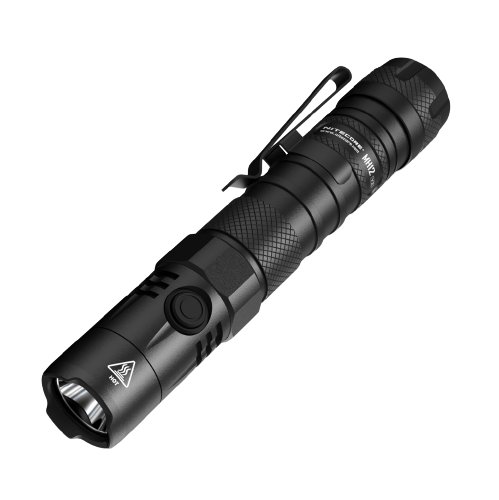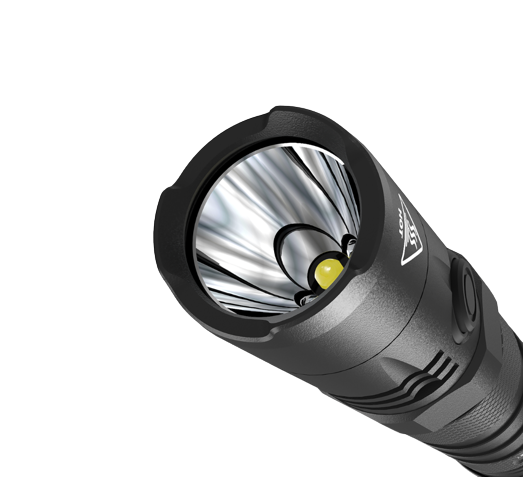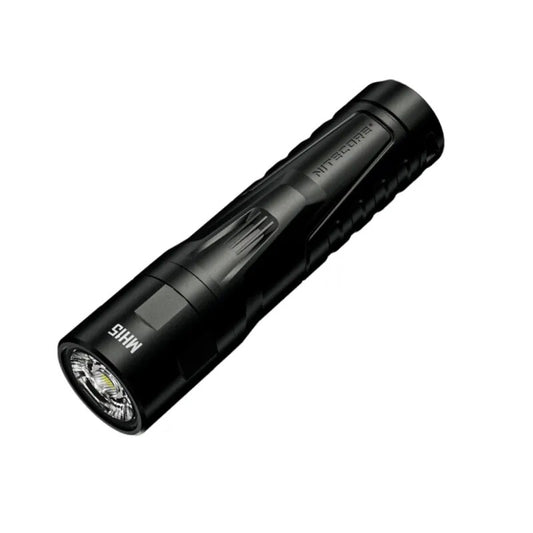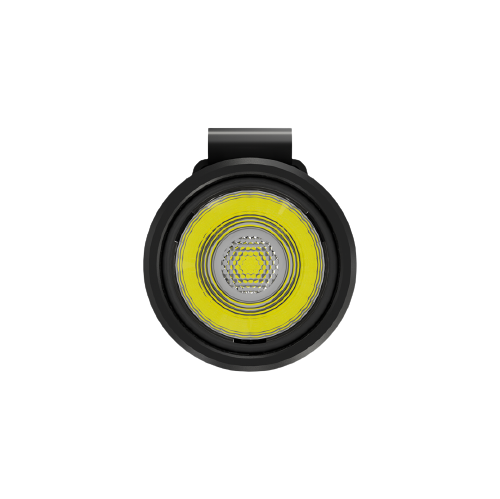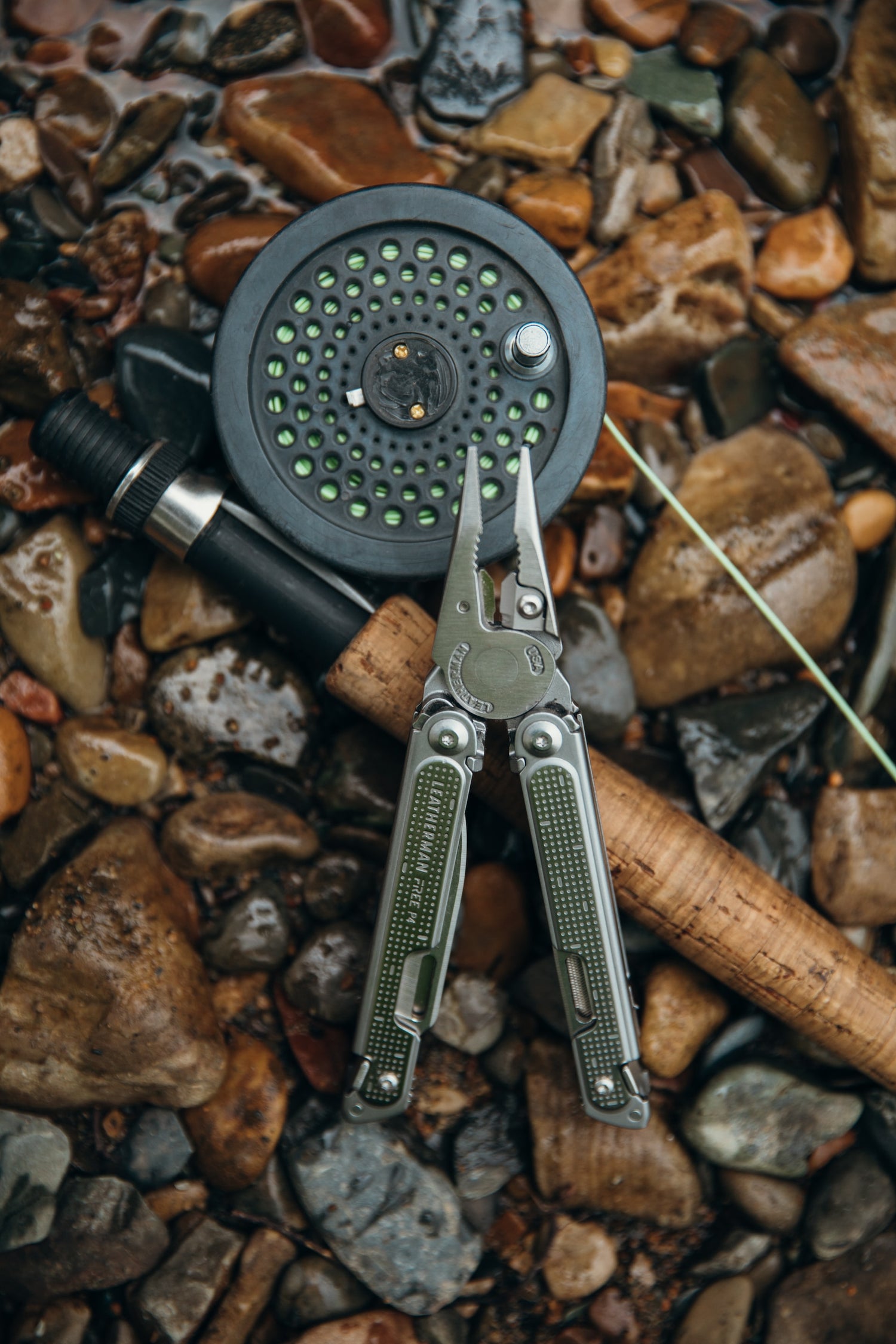
Cracking the Ice: Separating Myth from Reality in Ice Baths
The ice bath plunge has become a ubiquitous image in the fitness world, with athletes and enthusiasts taking the frosty plunge in pursuit of faster Recovery. But is this practice backed by science, or is it a trendy fad? This article delves into the science behind ice baths, separates common myths from reality, and provides practical guidelines for their use.
Ice Baths: Debunking the Hype with Science
While the "chill factor" of ice baths might hold an undeniable allure, examining the scientific evidence surrounding their benefits is crucial. Ice baths can indeed play a role in reducing muscle soreness after intense exercise. This effect is attributed to:
- Vasoconstriction: The cold temperature causes blood vessels to constrict, limiting blood flow to muscles. This potentially reduces inflammation and swelling, which might contribute to soreness.
- Waste product flushing: The restricted blood flow may also lead to the flushing of metabolic waste products, further aiding in Recovery.
However, it's important to note that the research on ice baths is ongoing, and some aspects still need to be more conclusive. More studies are required to fully understand ice baths' long-term effects and determine the optimal immersion time.

Beyond the Hype: Addressing Common Myths
While the potential benefits of ice baths have garnered significant attention, it's crucial to address common myths surrounding their use:
- Myth 1: Ice Baths Detoxify the Body:
- Myth 2: Longer Immersion Equals More Benefits:
- Myth 3: Ice Baths Are Necessary After Every Workout:
Practical Guidelines for Safe and Effective Ice Baths
If you're considering incorporating ice baths into your recovery routine, here are some key points to remember:
- Immersion Time: Aim for 2-5 minutes when starting out to balance potential benefits with safety concerns like frostbite and muscle loss.
- Temperature: Maintain a safe temperature range of 50°F-60°F (10°C-15°C).
- Individual Considerations: Consult a doctor before starting ice baths, especially if you have any medical conditions.
- Targeted Use: Ice baths are most effective for treating injuries and aiding Recovery after intense exercise, not as a routine practice.
By understanding the science behind ice baths, debunking common myths, and following these guidelines, you can make informed decisions about incorporating them into your recovery plan. Remember, ice baths are just one tool in a comprehensive approach to post-workout Recovery.


